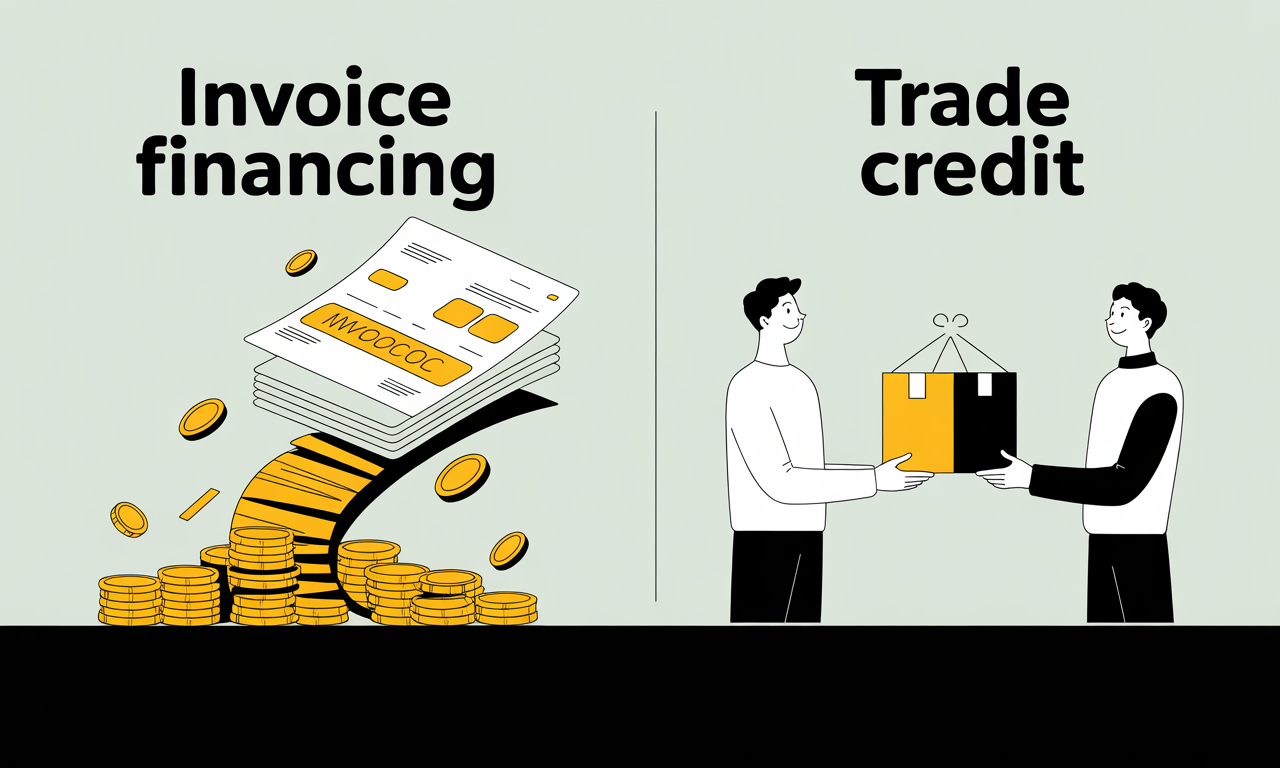
Building Financial Resilience with Debt
Wed Oct 08 2025
1 min read
Resilient SMEs treat debt as a strategic asset: planned, measured, diversified, and optimized over time.
Healthy foundation:
- Target debt-to-equity ranges by sector
- Use equity for long-gestation bets; debt for working capital and assets
- Recalibrate as earnings and risk change
Portfolio strategy:
- Match products to needs (WC lines, term loans, RBF, AR finance, equipment leases)
- Stagger maturities to avoid refinancing cliffs
- Blend fixed and variable rates
- Maintain liquidity backstops
Interest rate risk:
- Prefer fixed-rate where possible
- Partially hedge; ladder repricing dates
- Monitor rate outlook and covenant headroom
Lender relationships:
- Diversify across banks, NBFCs, fintechs
- Keep consistent reporting and transparency
- Hold quarterly reviews with forward plans and risks
Scenario planning:
- Build base, bull, and bear models
- Shock revenue, margins, and cash conversion cycle
- Define trigger points for cost actions and capital calls
Technology:
- Centralize debt docs and covenants
- Dashboards for DSCR, leverage, liquidity, maturities
- Alerts for KPI thresholds and repayments
Regular checkups:
- Quarterly reviews of leverage, DSCR, CCC, liquidity runway
- Annual refinancing check; update data room
- Independent oversight for major capital decisions
Future-proofing:
- Keep undrawn lines and pre-approved seasonal facilities
- Build track record for ratings and capital markets access
- Institutionalize investor relations and governance
Key habits:
- Plan maturities like a calendar
- Keep buffers for shocks
- Avoid concentration risk (one lender or facility)
- Measure ROI of every funded initiative
- Communicate proactively with lenders
A resilient financing strategy supports growth through cycles. With the right structure and discipline, debt becomes a strength—not a risk.








